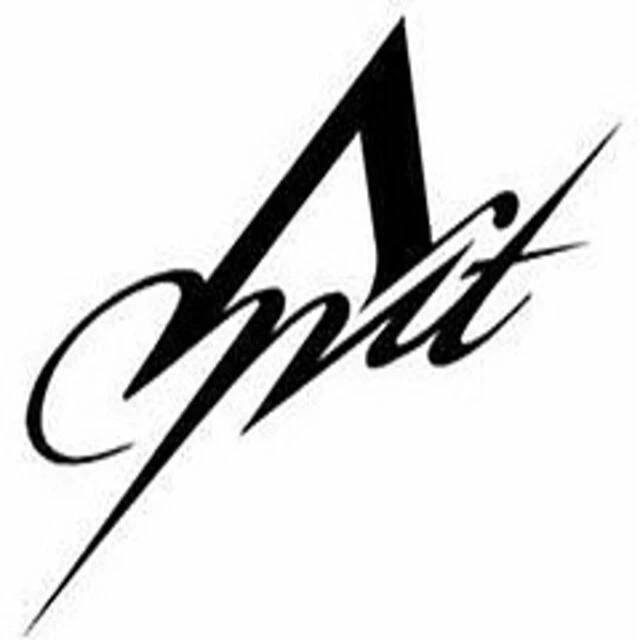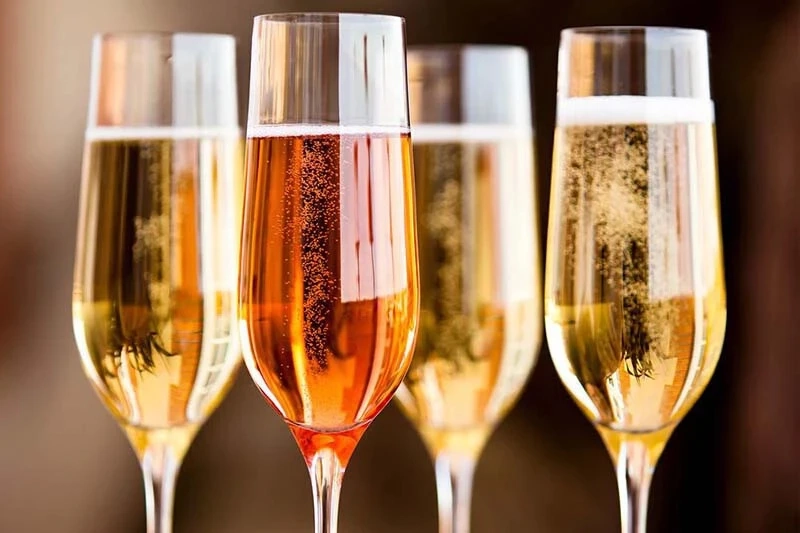Explore the sparkle behind each bubble and what it says about your taste.
People associate Champagne with special events because they use it to celebrate weddings and New Year's and give wine and champagne gift sets to important individuals. Have you ever stopped to analyze the message your glass conveys regarding your champagne selection?
Champagne exists beyond its bubbly nature and brand names which range from Brut to Blanc de Blancs. The different champagne varieties present unique tasting experiences that reveal information about their sweetness levels and origins as well as their alcohol content and calorie measurement. This article will examine the multiple champagne varieties while explaining their significance to help you choose the perfect champagne for your special occasions.
1. Brut Champagne – The Dry Standard
The most commonly enjoyed champagne type is Brut Champagne. The French term "brut" translates to "dry" because this champagne variety maintains less than 12 gms of sugar per liter. The wine presents itself as dry and refreshing with no sweetness detected. Brut champagne pairs perfectly with oysters and appetizers and it also complements salty snacks including popcorn and fries. This selection works for all types of events.
• The champagne alcohol percentage is 12%.
• About 90–100 calories per glass
• Best for: Celebrations, casual sipping, pairing with savory bites
Brut champagne is your best option if you are ever unsure about what kind of champagne to serve or give because it is timeless, popular, and always in style.
2. Extra Brut and Brut Nature – For the Bone-Dry Enthusiast
Brut becomes Extra Brut or Brut Nature after you remove additional sugar from it. People who enjoy their drinks extremely dry with pronounced mineral flavors will like these champagne varieties. Brut Nature contains no added sugar which allows terroir to shine through as its pure essence.
• Alcohol Percentage: 12–12.5%
• Calories (per glass): Approximately 65–80 (lower due to no sugar)
• Best for: Wine connoisseurs, health-conscious drinkers, clean palates
These champagne options will make the right impression on those who appreciate sophisticated wine preferences. The Brut Nature selection in our wine and champagne gifts section presents exclusive bottles as the most elegant gift choice.
3. Extra Dry Champagne – Misleading Name, Surprising Taste
Extra Dry Champagne provides more sugar than Brut despite its dry nature. Confused? You’re not alone. The 12–17 grams of sugar per liter in this variety provides a touch of sweetness while remaining mostly dry. This wine presents a balanced blend between refreshing dryness and gentle finishing notes.
• Alcohol Percentage: About 12%
• Calories (per glass): 100–115
• Best for: Toasts, fruit-based desserts, light brunches
The Extra Dry variety stands as your hidden weapon when hosting diverse guests or building champagne gift collections.
4. Sec, Demi-Sec, and Doux – The Sweethearts of Champagne
Ready for dessert? Three sweet champagne options are available for those who have a preference for sweetness: Sec, Demi-Sec and Doux. These wine varieties have sugar concentrations from 17 grams up to 50+ grams for every liter. These types have a rich and luxurious quality which pairs well with food.
• Alcohol Percentage: Around 12%
• Calories (per glass): 120–160+
• Best for: Dessert pairings, romantic evenings, or a sweet surprise in a gift basket
Our wine and champagne gift selection gains a beautiful touch with Demi-Sec that pairs well with chocolates and strawberries for an extravagant experience.
5. Blanc de Blancs and Blanc de Noirs – Know Your Grapes
The two champagne types Blanc de Blancs and Blanc de Noirs derive their names from the grape varieties instead of sweetness levels like the preceding categories.
The Blanc de Blancs type derives from Chardonnay grapes exclusively because this grape variety produces light citrus flavors with elegant characteristics.
The production of Blanc de Noirs uses black grape varieties including Pinot Noir and Pinot Meunier which results in full-bodied wines.
• Blanc de Blancs: Made exclusively from Chardonnay grapes, this type is light, citrusy, and often very elegant.
• Blanc de Noirs: Made from black grapes (like Pinot Noir or Pinot Meunier), these tend to be richer and more full-bodied.
• Alcohol Percentage: 12–12.5%
• Calories: 90–110
• Best for: Wine lovers who want to explore flavor profiles; gourmet pairings
Wine enthusiasts along with those who wish to enhance their personal wine collection will find these types of champagne suitable for impressing others. Premium champagne gift boxes showcase these varieties to appeal to sophisticated wine consumers.
How to Choose the Right Champagne for You (or Your Gift List)
When choosing champagne, think about:
• Sweetness level (Brut if you’re unsure, Demi-Sec if you want sweet)
• Occasion (Brut for all-purpose, Doux for dessert, Blanc de Blancs for elegance)
• Health goals (Brut Nature has the fewest champagne calories)
• Flavor preferences (crisp vs. creamy, citrus vs. berry)
The presentation of your gift becomes essential when you plan to send champagne as a present. Our carefully selected wine and champagne gifts combine premium wine bottles with elegant presentation materials which include gourmet treats and crystal glasses along with customization options for all occasions including birthdays and weddings.
Final Sip
The true essence of champagne exists beyond bottle content because it creates unique moments in time. Knowing the different champagne types enables you to boost your champagne experience by tenfold while planning celebrations or seeking gifts or simply understanding label meanings.
From the light and lean Brut Nature to the indulgent Doux, there’s a perfect champagne for every taste, every mood, and every toast. And if you’re still unsure? Our online collection of wine and champagne gifts offers carefully designed options which transform everyday days into special sparkling memories.


